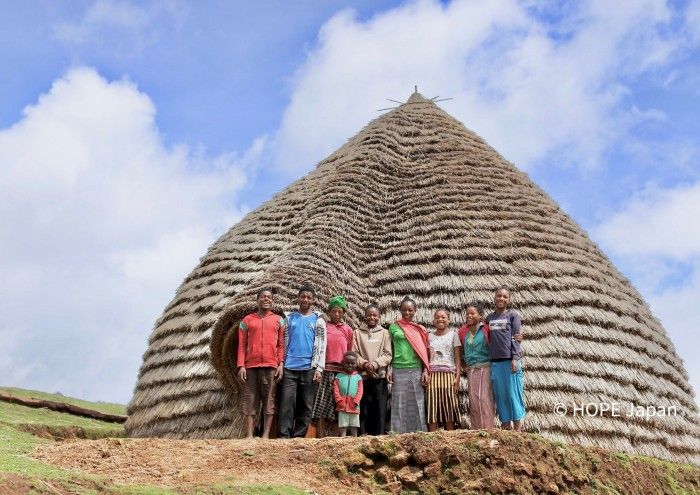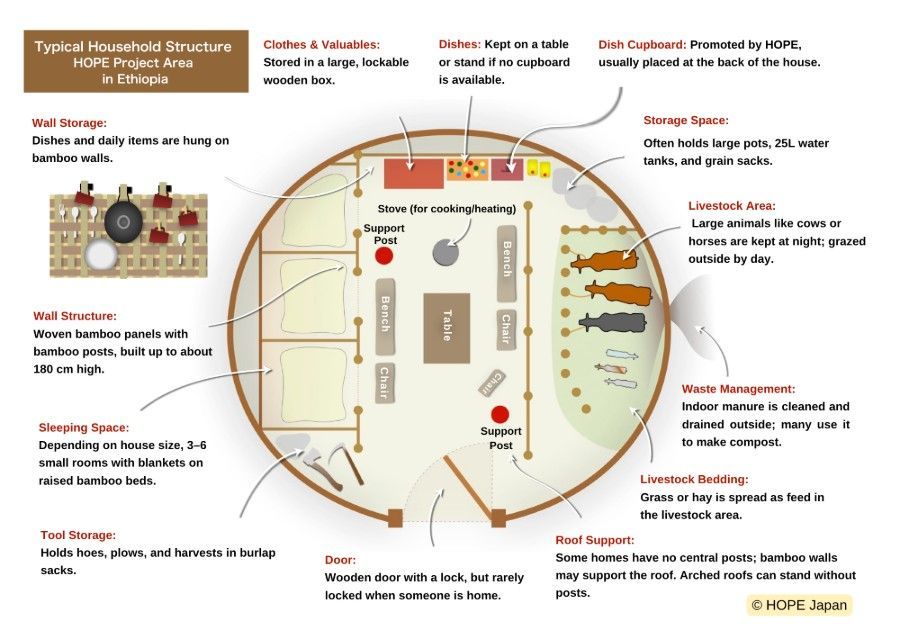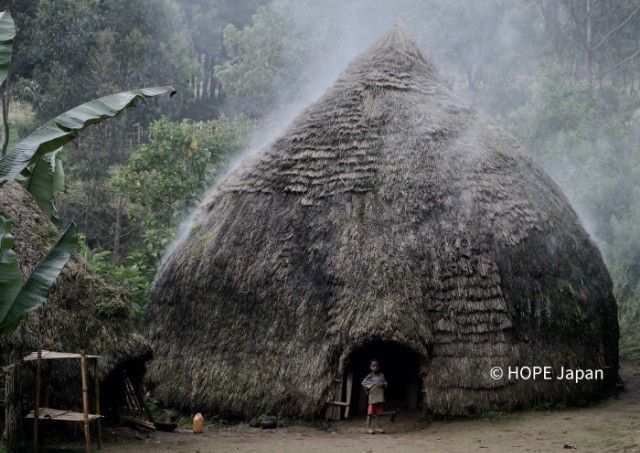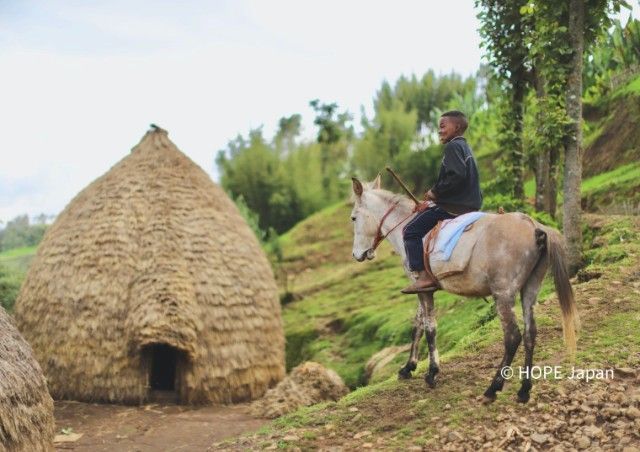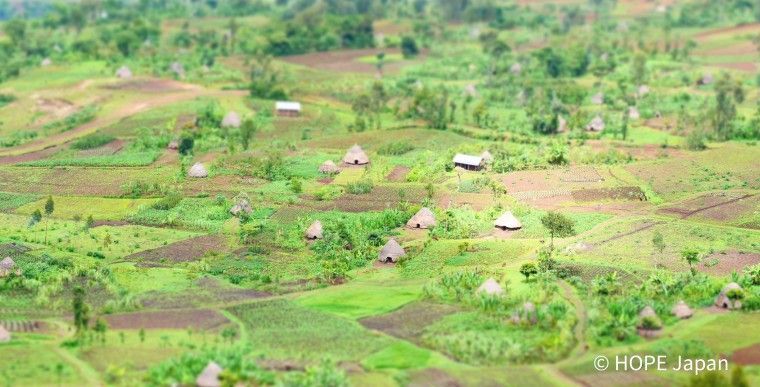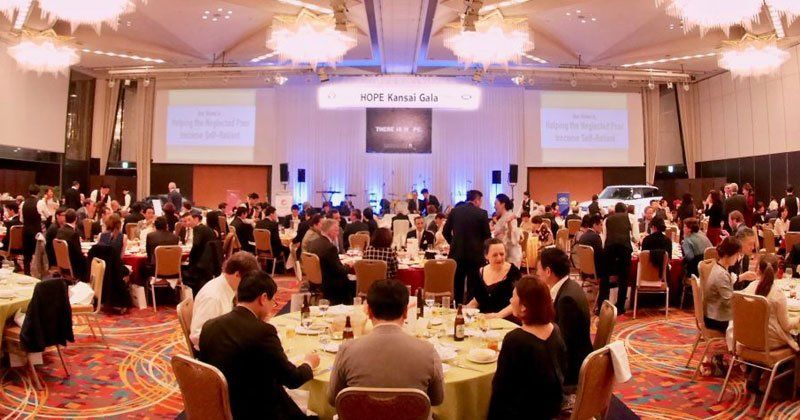Rain and wind-resistant
Ethiopian houses come in a variety of styles depending on the region and ethnic group. Gojo houses, found in the highlands in the south of the country, are circular and resistant to wind, and have conical roofs that allow rainwater to run off efficiently.
The walls are made of wooden frames plastered with mud, which provides insulation and makes the houses comfortable to live in.
The roofs are made of natural materials available in the area, such as grass, straw, and reeds.
In the cold highlands, roofs are lowered close to the ground to keep out the cold, and the houses are full of wisdom for life suited to the climate and materials.
Sleeping with cows?
The layout of the houses is roughly the size of what would be considered a one-bedroom, dining and kitchen home in Japan. In some houses, the living room and bedroom are combined, with the kitchen placed in a separate building.
It may come as a surprise, but some families live together with their livestock, such as cows, within the same housing structure. Livestock are considered important assets, and it is common to live with them.
However, hygiene is also an issue. Livestock waste can make living conditions difficult, and flies can breed that can spread disease. As part of our hygiene program, we communicate the importance of separating the living spaces of people from livestock. In some cases, we advise them to set up partitions within the home, and in other cases, we recommend building a separate shed for livestock. However, changing long-standing traditions is not easy. Through repeated dialogue with the locals, we are encouraging them to adapt hygienic perceptions.
Staff impressions of time spent in a village
Roofs... being eaten by cows!?
Apparently, cows eat the straw roofs so one family told us that it must be re-thatched every one or two years.
It's a local custom for neighbors to get together and help with the re-thatching process. Upon completing the work, they sometimes serve food and drinks, and it turns into a small party.
Thatched roofs in Japan last about 30 to 40 years. Depending on the climate and materials, there are various ways they are maintained. When comparing the two, the cultural differences become obvious.
Grandfather's Pillar
This is a story about a house visited by our staff who was stationed in a village over 10 years ago.
There was a magnificent pillar in the center of the house. According to the owner, the pillar had been used since his grandfather's time, and has been used for generations even when the house was rebuilt.
This incident made me realize once again that a family's history and memories are firmly engraved in their home.
Lifestyle is a collection of wisdom
Gojo houses are made using natural materials and are adapted to the environment.
The sense of distance between livestock, the support of the community, and pillars are passed down from generation to generation.
I believe that these are the embodiment of the life wisdom of the Ethiopian people, and that their lifestyle and culture are alive within them.

